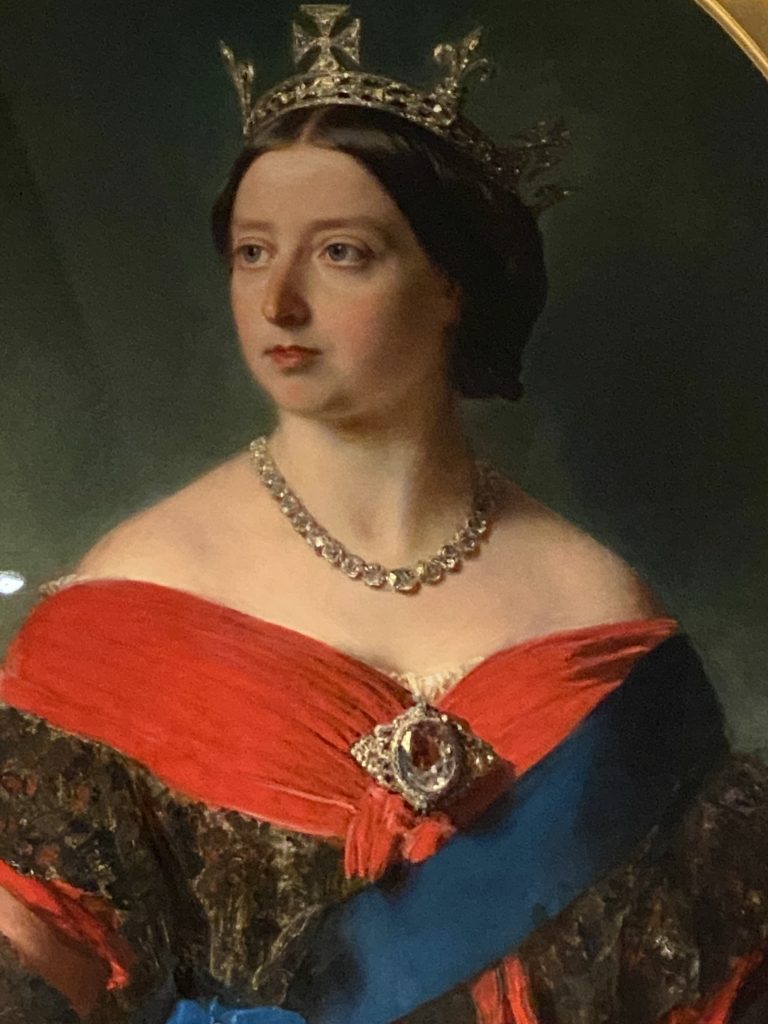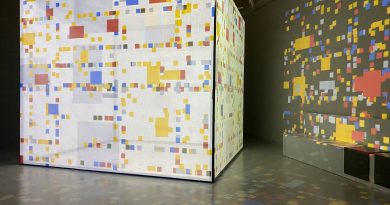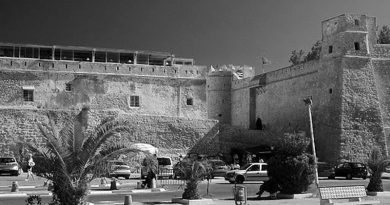The Koh-i-Noor Diamond
Koh-i-Noor in Persian means Mountain of Light and it remains one of the largest cut diamonds in the world, weighing more than 105 carats.
Ultimate ownership of the diamond is claimed by multiple entries and dynasties in India, Afganistan, Persia and Britain
Today is part of the Crown Jewels of the United Kingdom. The diamond is currently set in the Crown of Queen Elizabeth The Queen Mother.
There are multiple conflicting legends on the origin of the diamond.
Babur, the Turco-Mongol founder of the Mughal Empire, wrote about a “famous” diamond that weighed just over 187 old carats – approximately the size of the once 186-carat Koh-i-Noor. Babur received the diamond in 1526 as a tribute for his conquest of Delhi and Agra against the tribes of ancient Hindustan.
In early Indian history, diamonds were the most valued of gemstones. However, during the period of Mughal rule, diamonds lost this distinction. The Mughals had Central Asian and Persian heritage , and when looking at the Mughal treasury, red spinels and Burmese rubies had become the most desirable jewels by the nobility.
During this time the Persian new year ceremony, Nowruz, had become a period in which the subjects could bring offerings of gems and money to the imperial family in exchange for political promotions within the greater bureaucracy.
By the time Shah Jahan ascended the throne as the fifth Mughal emperor, there were so many jewels in the treasury that he decided to use many of them in the making of the ornate Peacock Throne in 1635.
In the 1740s invasion of Northern India by Persia’s Nader Shah it is said the Koor—I- Nor was one of many stones on the Mughal Peacock Throne that Nader looted from Delhi.
After the decline of the Mughal Empire the Sikhs had become the dominant force in western India and Pakistan.
The diamond then changed hands between various empires in south and west Asia, until being given to Queen Victoria after the Second Anglo-Sikh War and the British East India Company’s annexation of the Punjab in 1849, during the reign of the then 11-year-old Maharaja of the Sikh Empire, Duleep Singh.
Originally, the stone was of a similar cut to other Mughal-era diamonds, like the Daria-i-Noor, which are now in the Iranian National Jewels.
In 1851, it went on display at the Great Exhibition in London.
Since arriving in the UK, it has only been worn by female members of the British royal family. It is said to bring bad luck if it is worn by a man. Victoria wore the stone in a brooch and a circlet.

After she died in 1901, it was set in the Crown of Queen Alexandra. It was transferred to the Crown of Queen Mary in 1911, and to the Crown of Queen Elizabeth The Queen Mother in 1937 for her coronation.
Today, the diamond is on public display in the Jewel House at the Tower of London. The governments of India, Iran, Pakistan, and Afghanistan have all claimed ownership of the Koh-i-Noor, demanding its return ever since India gained independence from the British Empire in 1947.
The British government insists the gem was obtained legally under the terms of the Last Treaty of Lahore in 1849 and has rejected the claims.
Destinations: India/ Pakistan/ Afghanistan/ Iran/England




